Omnis Quartz - The first database application for Microsoft Windows.
Omnis, from the European based Blyth Software, is an easy to use multiuser relational database for Windows, macOS, and OS/2. It was the first database ported to Microsoft Windows, which ran on Windows 1.0x.
Omnis Quartz r1.13 is available for download at the Omnis Quartz (Win) page on the WinWorld website. The download consists of 10 diskettes, the first three of them containing the application (the other contain a Windows 2 runtime, intended to run Quartz as a standalone application, I think). I successfully installed it on Windows 1.04 [IBM PS/2].
Important: Omnis Quartz has to be installed from DOS (not from within Windows). Insert the first diskette and run INSTALL.EXE
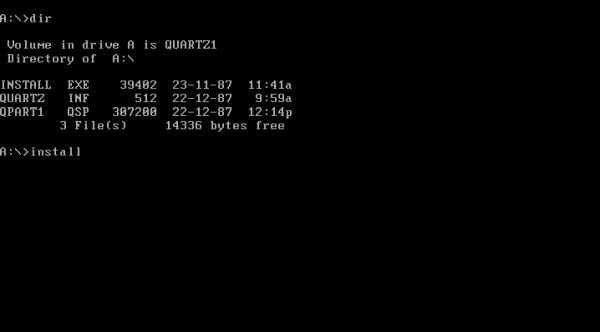
|
The files are copied to C:\QUARTZ (unless you specify another installation directory). Insert diskette 2, then diskette 3, when asked to do so.
When the installation is finished, you can start Windows. Browse to C:\QUARTZ and launch QUARTZ.EXE.
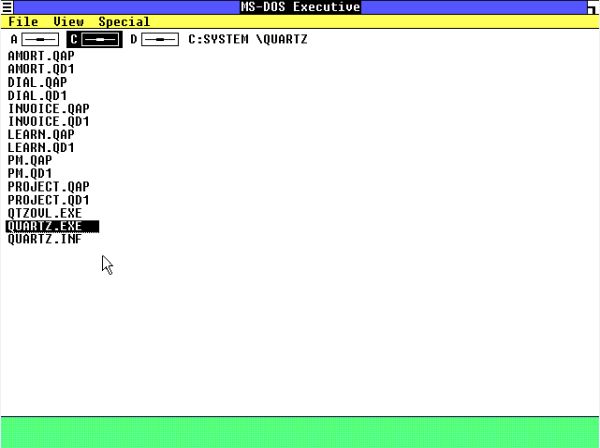
|
When Quartz starts up, you are asked for a user name, then you can choose to open an existing application, or to create a new one. At this point, you may encounter a problem: the Quartz application not loading because the DOS SHARE command has not been executed.
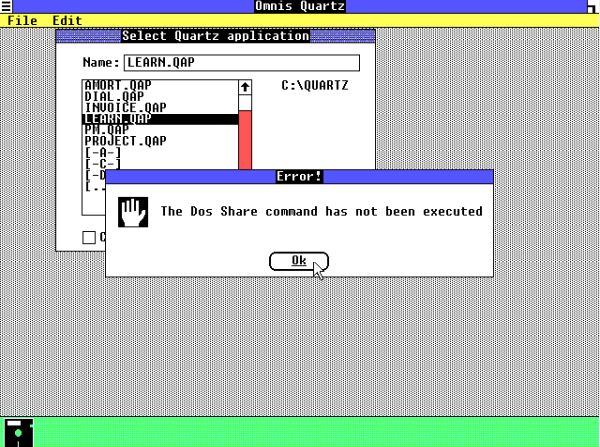
|
Edit your AUTOEXEC.BAT file and add the SHARE command. Be sure that you load it, before you start Windows!.
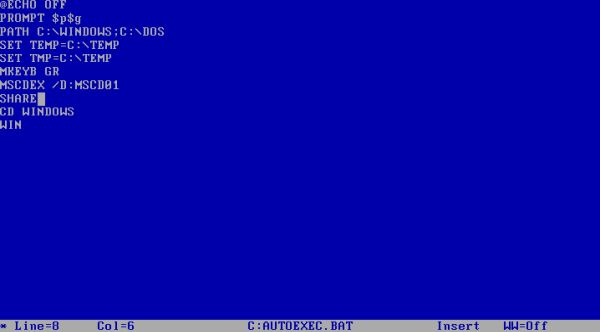
|
The screenshots below show an opened database application: Insertion of a new record (on the left), view/edition of an existing record (on the right).
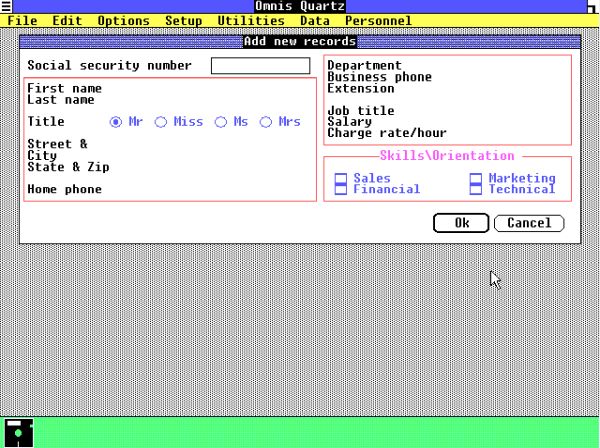
|
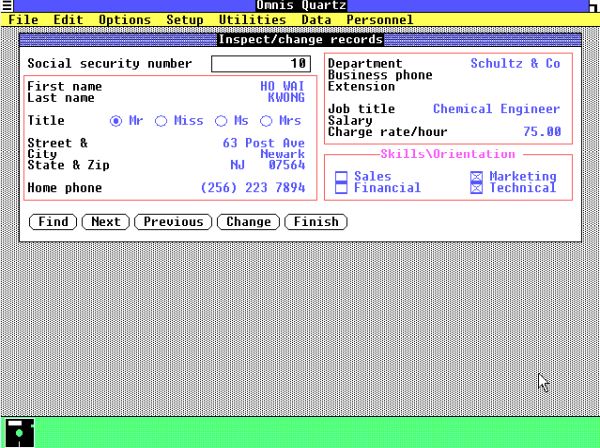
|
Omnis Quartz allows to generate nice reports, in the case of the "Personal" database, shown on the screenshots above: Personal list by department, Personal list by skills, and Salary and Charge rates. The nice thing is that you can choose what to do with the report: display it on the screen, send it to a printer, save it to a file, place it onto the clipboard, or send it to the LPT1 port. This last option is really great in a virtual machine environment: If your LPT1 port is emulated by a text file on the host, you can get the report directly into that file (works well on VMware)! The screenshot on the left shows the "Personal list by skills" report, displayed in the Omnis Quartz window on Windows 1. The screenshot on the right shows the "Personal list by department" as LPT1 text file opened in Notepad on my Windows 10.
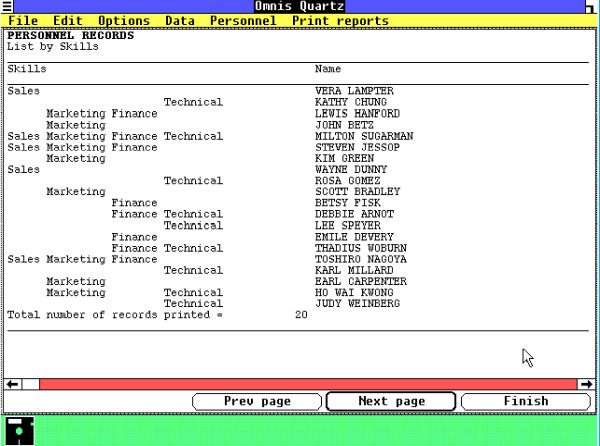
|
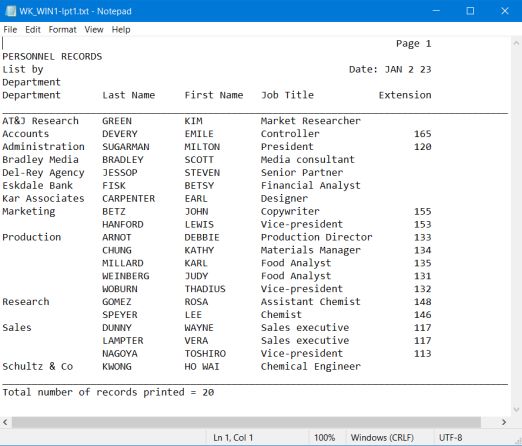
|
If you like this page, please, support me and this website by signing my guestbook.